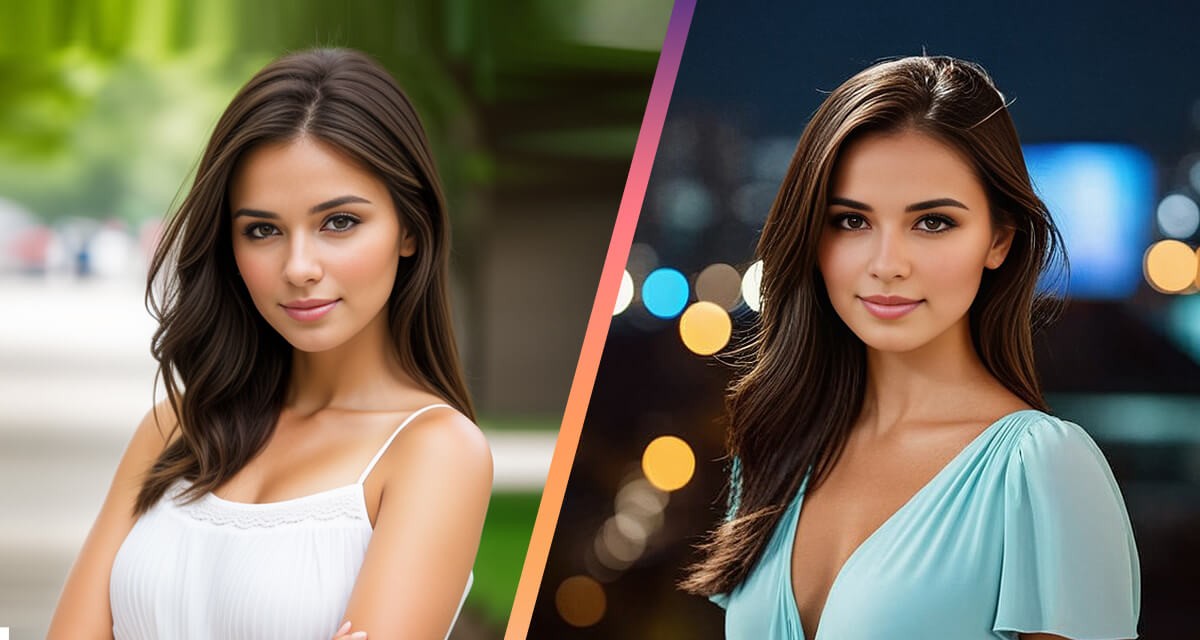
Creating AI-generated images of yourself has become surprisingly accessible. What once required deep technical expertise can now be accomplished in just a few hours, even for beginners. Here's how you can train an AI model to generate custom images of yourself.
The Basic Requirements
To create your personalized AI image model, you'll need three key components:
- A base AI model (Flux is recommended over Stable Diffusion)
- A training technique (LoRA is currently the preferred method)
- 10-15 photos of yourself from different angles and settings
Preparing Your Training Data
When selecting photos for training:
- Choose images with varied expressions, lighting, and angles
- Use solo photos without other people
- Include diverse backgrounds and settings
- Aim for high-quality, clear images
The Training Process
The actual training happens through Replicate, a cloud-based GPU service that handles the heavy computational work. Here's the setup:
- Create a Replicate account
- Upload your photo collection as a zip file
- Choose a unique "trigger word" that will activate your model
- Connect to Hugging Face (an AI model hosting platform)
- Start the training process
The entire training typically takes about 20 minutes and costs approximately $2.50.
Generating Custom Images
Once trained, you can generate images by:
- Using Replicate's web interface
- Including your trigger word in the prompt
- Adding descriptive details about yourself (age, gender) for better results
For example, a prompt might look like: "a photo of [trigger word], a 40-year-old man, surfing"
Cost Considerations
The process is relatively affordable:
- Model training: ~$2.50 per model
- Image generation: $0.03 per image
- Total experiment cost: Under $10
Results and Limitations
The quality of generated images varies:
- Some images capture a strong likeness
- Results improve with detailed prompts
- Multiple people in one image can cause mixed features
- The model works best for solo scenarios
This technology has made impressive strides in accessibility and affordability, opening up creative possibilities for anyone interested in AI image generation.